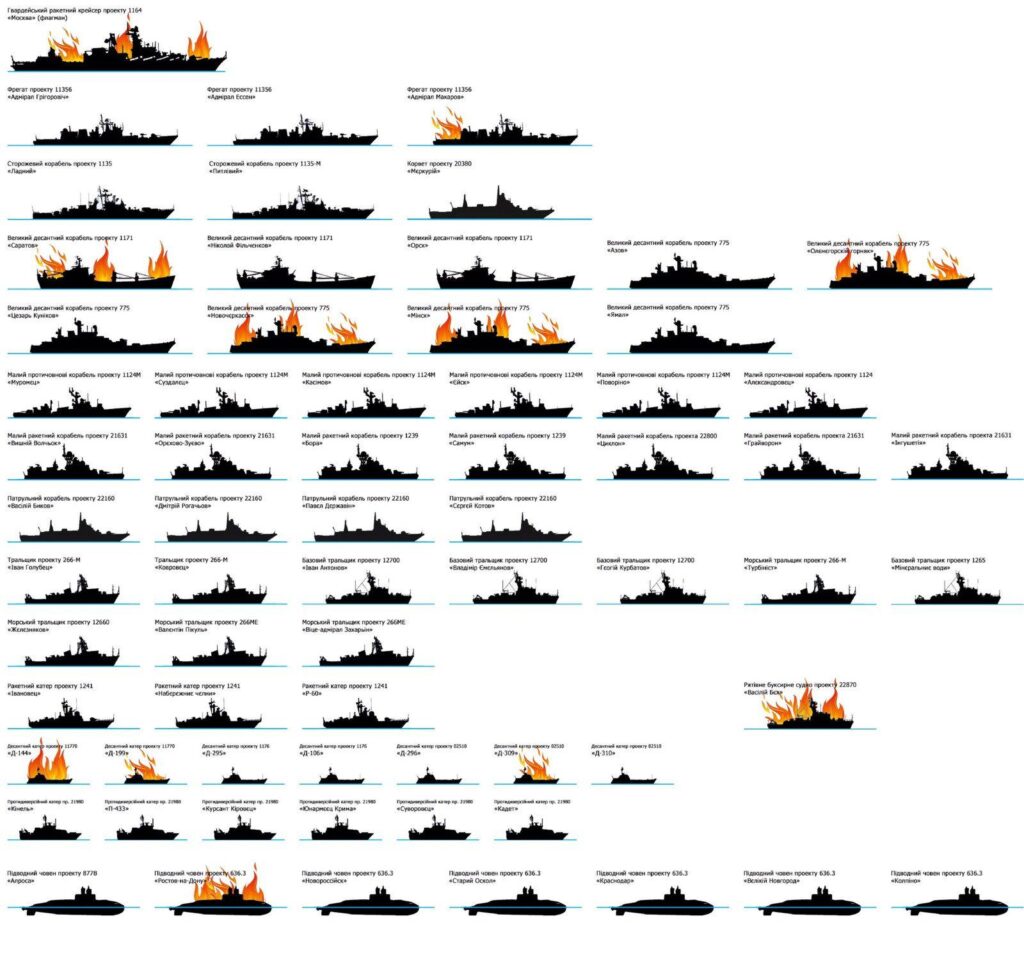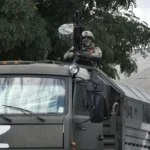
In a dimly lit control room tucked away in Odesa’s Chornomorsk port, a group of Ukrainian military and civilian shipping officers gathered around monitors, their eyes fixed on Resilient Africa as it embarked on a historical journey. This vessel, symbolic of Ukraine’s resilience and determination, was the first to sail through Ukraine’s newly established emergency shipping corridor, a lifeline forged in response to the collapse of a critical grain deal and escalating tensions with Russia.
As the Resilient Africa set sail, tensions hung thick in the air. Russia had issued ominous warnings, threatening to open fire on ships utilizing the corridor—a direct challenge to Ukraine’s sovereignty and economic stability. Emergency services stood at the ready, prepared for any eventuality. “We readied ourselves for any scenario,” recalled one officer present in the control room. “We were really quite nervous.”
[adinserter name="Two"]Despite the apprehension, the ship navigated Ukrainian waters without incident, hugging the coastline for 150 kilometres before venturing into Romanian and Bulgarian territorial waters en route to its destination: the Israeli port of Haifa. The successful passage of the Resilient Africa marked a significant victory for Ukraine—a nation embroiled in conflict yet undeterred in its pursuit of economic autonomy.
For Ukraine, establishing the emergency shipping corridor was not merely a tactical manoeuvre but a strategic imperative born out of necessity. Before the conflict, 60% of Ukraine’s trade flowed through its deep-sea ports, serving as vital conduits to markets in Africa and the Middle East. However, Russia’s decision to reimpose a blockade plunged Ukraine into economic turmoil, prompting the urgent need for alternative trade routes.
[adinserter name="Three"]Undeterred by Russian threats, Ukrainian officials clandestinely devised the corridor, meticulously selecting routes shielded from Russian submarines and bolstered by onshore artillery defences. “We believed it would work, but it was about convincing others,” remarked Yury Vaskov, Ukraine’s deputy infrastructure minister. The initial voyages incurred losses, but growing confidence in the corridor saw insurance costs plummet and profits rebound—a testament to Ukraine’s resilience in the face of adversity.

The successful passage of the Resilient Africa heralded a new era of trade for Ukraine, with nearly 500 vessels following suit in traversing the corridor. The ports of Odessa, Chornomorsk, and Pivdenny—once paralyzed by conflict—are now bustling with activity, signalling a remarkable recovery in trade volumes.
However, the resurgence of maritime trade has come with its challenges. Border officials, now doubling as security forces, vigilantly inspect vessels for both contraband and potential saboteurs amidst the constant threat of Russian aggression. In the port city of Odessa, the scars of conflict are visible—crumbling infrastructure, pockmarked roads, and a lingering smell of burning are stark reminders of the price of defiance.
[adinserter name="Four"]Strategic victories and technological advancements have marked Ukraine’s journey to reclaim its maritime autonomy. Despite lacking a formidable navy, Ukraine has successfully repelled Russian advances, halting amphibious landings and reclaiming strategic territories such as Snake Island.
[adinserter name="One"]Central to Ukraine’s defence strategy has been the development of a sophisticated arsenal of missiles and drones capable of neutralizing Russian warships and safeguarding the integrity of its waters. The destruction of Russian vessels and the establishment of a 100-nautical-mile buffer zone attest to Ukraine’s growing prowess on the high seas.
[adinserter name="Five"]The reopening of Ukraine’s deep-sea ports represents a timely boon to its battered economy. With forecasts predicting a significant increase in exports and GDP growth, the resurgence of maritime trade offers a glimmer of hope amidst the turmoil of conflict. However, stakeholders remain cautiously optimistic, acknowledging the ongoing security risks and the need for continued international support.






